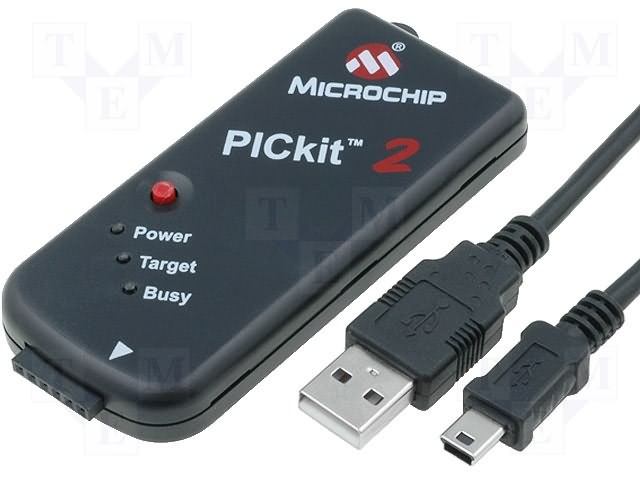It's been amazing to watch the growth of home electronics hobbyists/makers/inventors/etc. over the last 30+ years. I learned about microcontrollers back in high school; programming my first one on a healthkit trainer. I was writing machine language (1's and 0's) back then entering hex code not assembly code. Assembly code was a higher level language.
But doing all this at home in my own electronics lab was ridiculously expensive. The cost eventually came down and 8051 Basic chips showed up on the scene. Basic Stamp came along and was instantly popular. Microchip released the 16B-1 programmer that cost about $200 and you could now program PIC microcontrollers at home. I was hooked.
Add to the fact you could get and still can get free samples from Microchip, now everyone could develop microcontroller projects at home for a very low price. Other companies followed and soon there were lots of choices but the PICkit 2 became open source and soon you could buy clones of the PICkit 2 all over the world.
So with all the popularity of the Arduino and it's success, I still contend that there are more PICkit 2's in the world than there are Arduino's. So if you want to learn a expand your experience (assuming you already have used an Arduino) and want to learn how to use a PIC then I suggest you build a PICKit 2 for yourself or buy a clone or even buy and original from Microchip. Then get a few free samples, download one of the free compilers such as Great Cow Basic or HI-TECH C (used in my Beginner's guide to C books) or use PICBASIC PRO Sample version from my book Programming PICs in BASIC or jump right to the latest Microchip XC8 and MPLAB X and get started. Or visit our online store at the link to the left for our online store and get a starter kit. If you need help, I'm here.




 RSS Feed
RSS Feed
